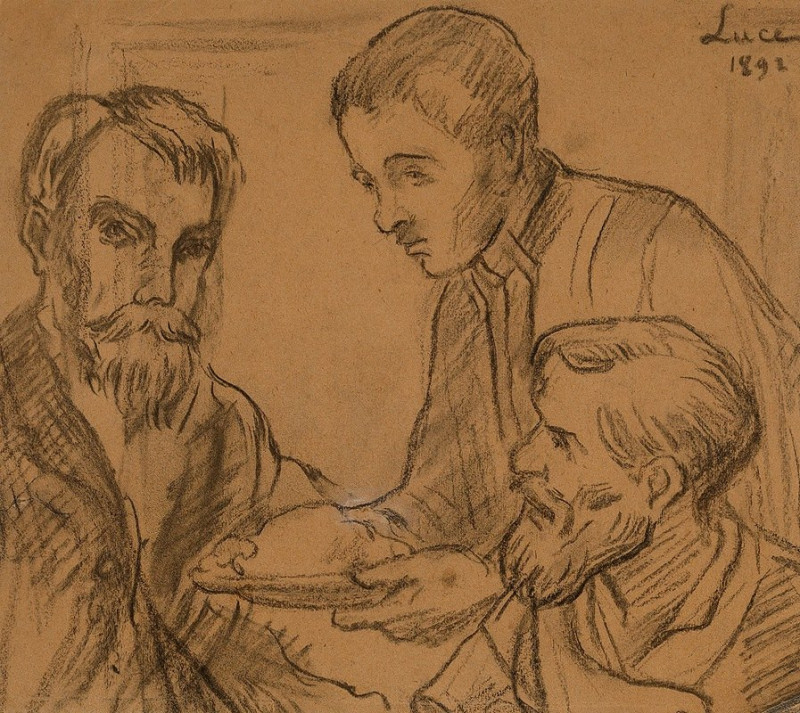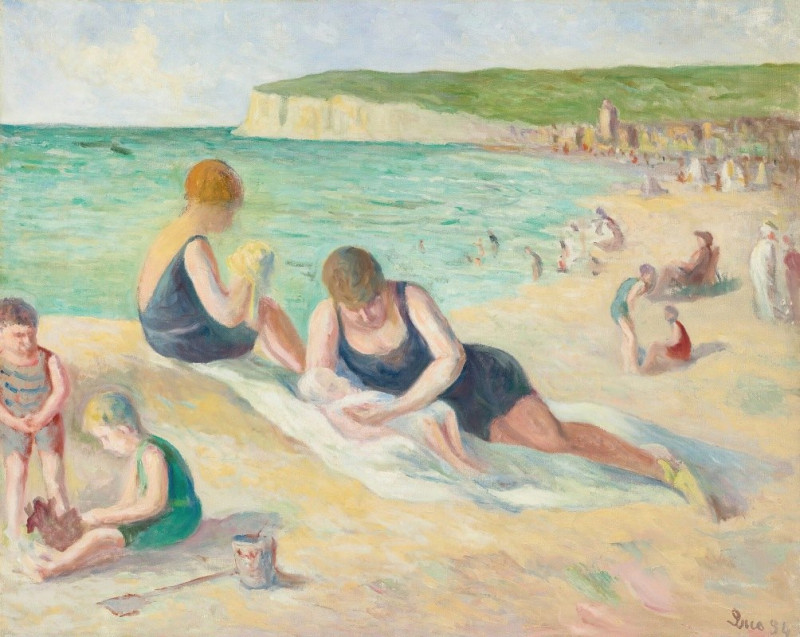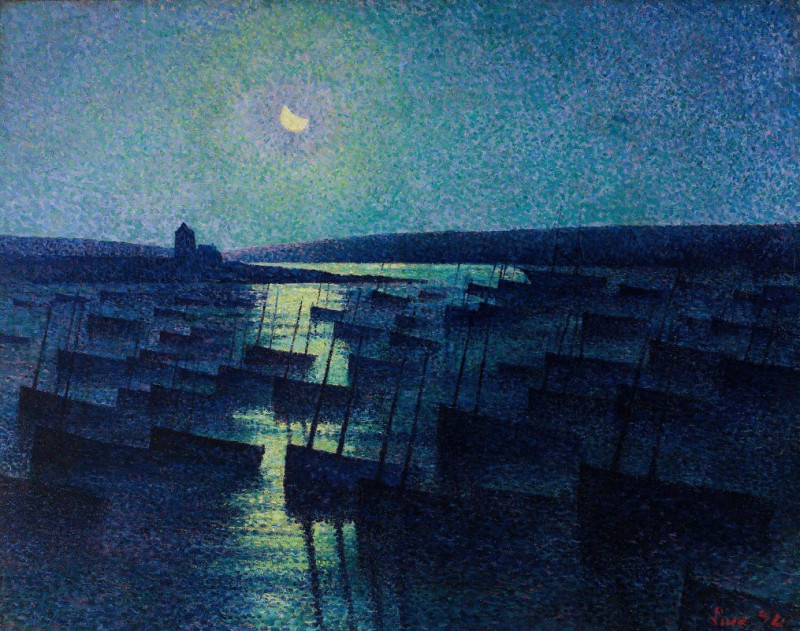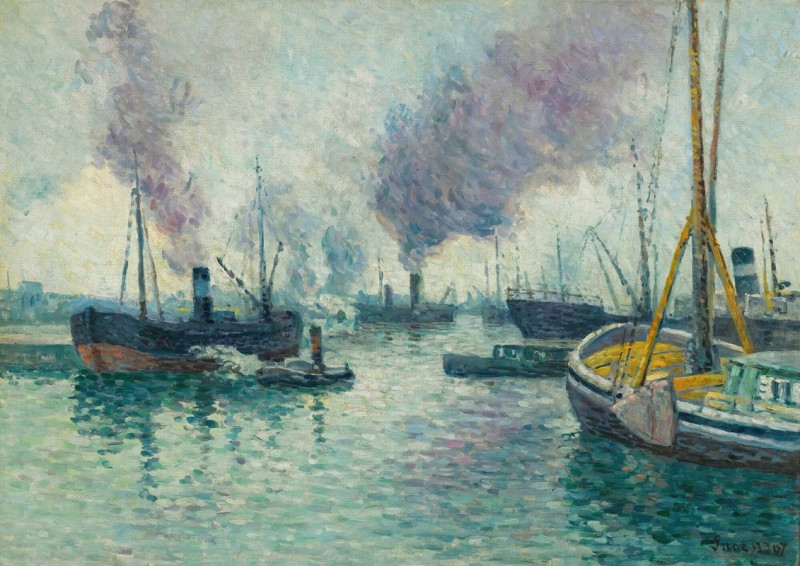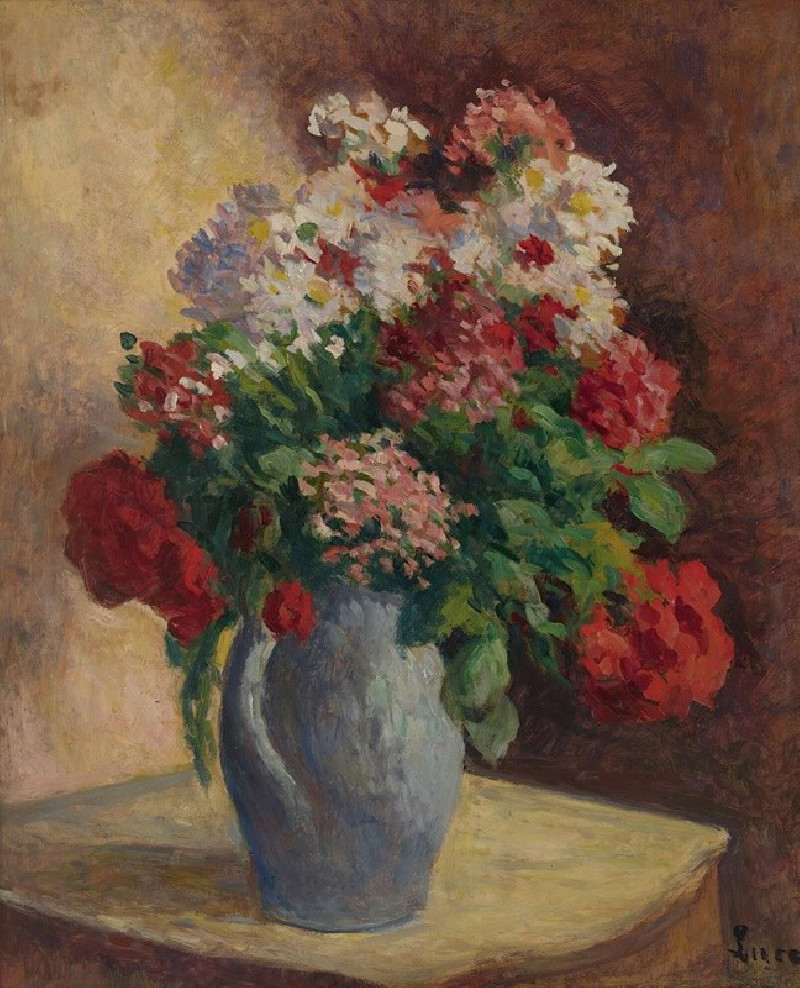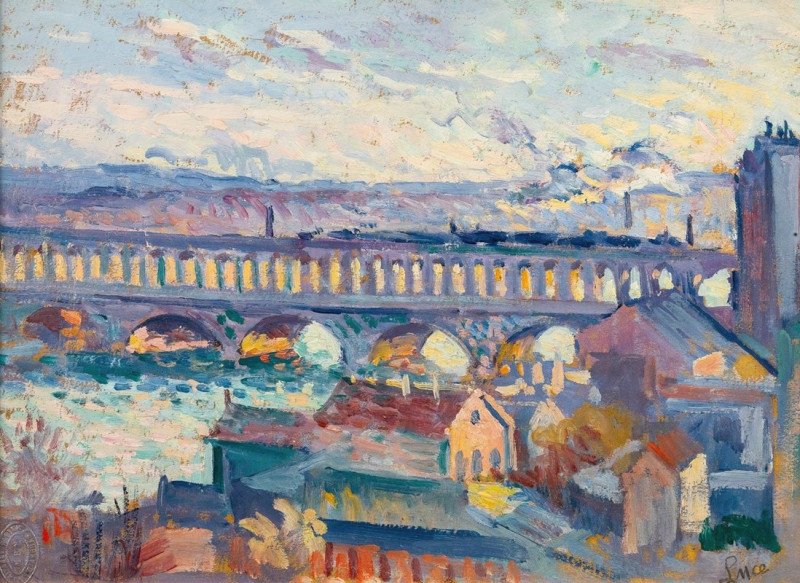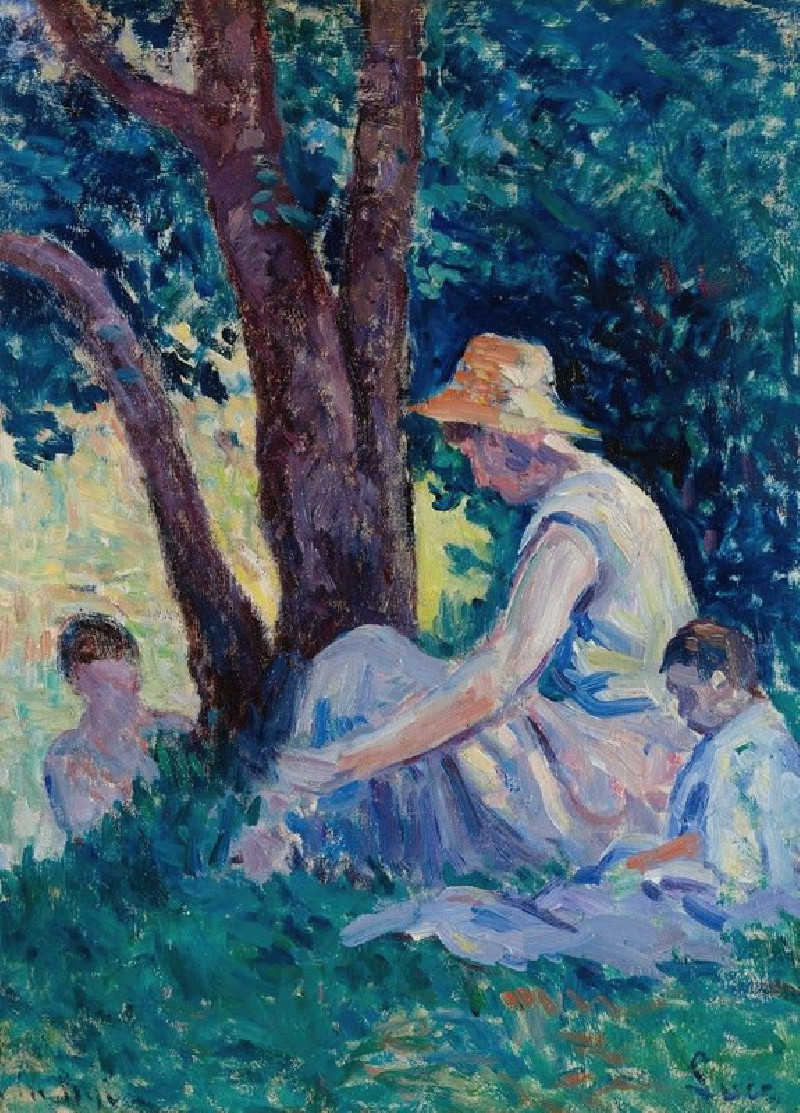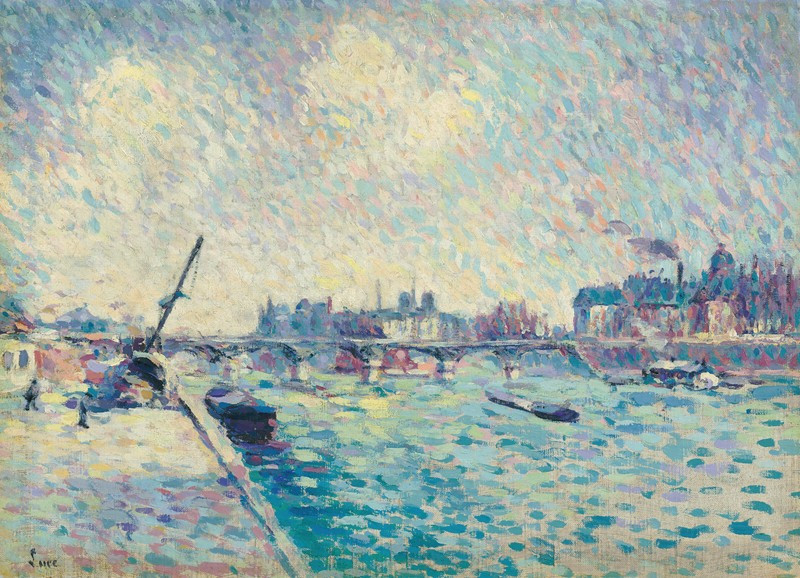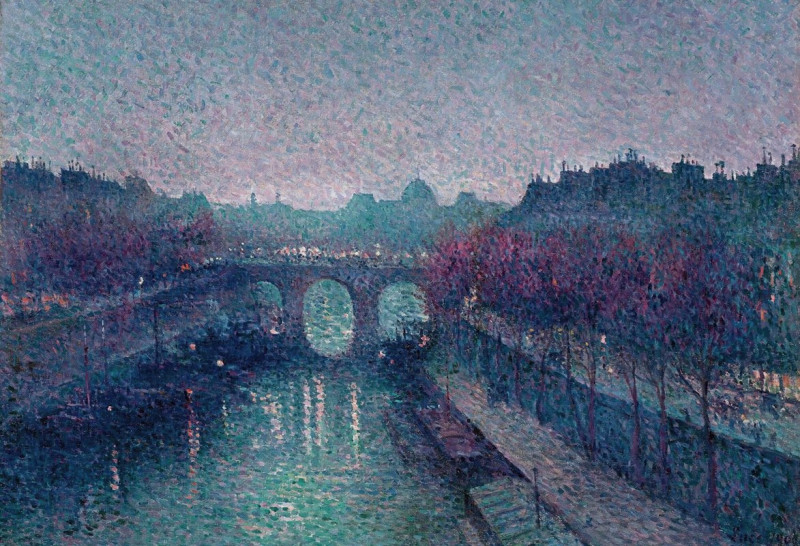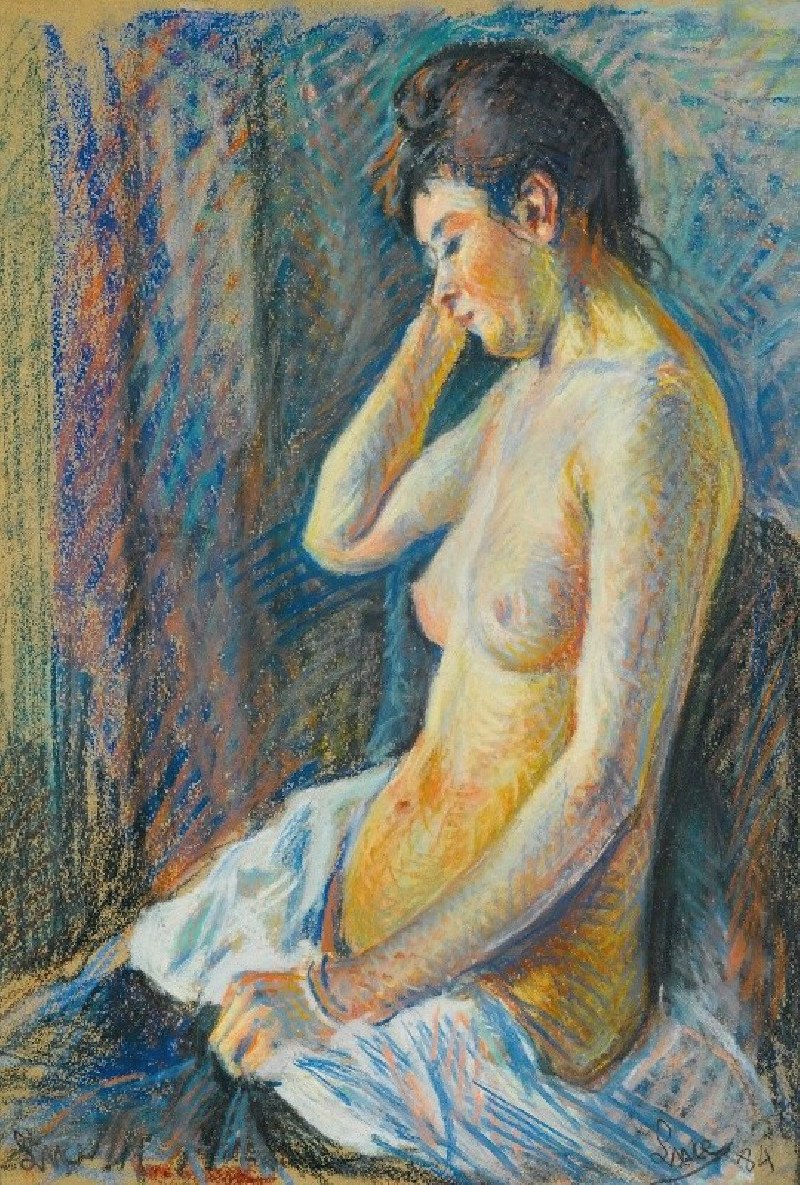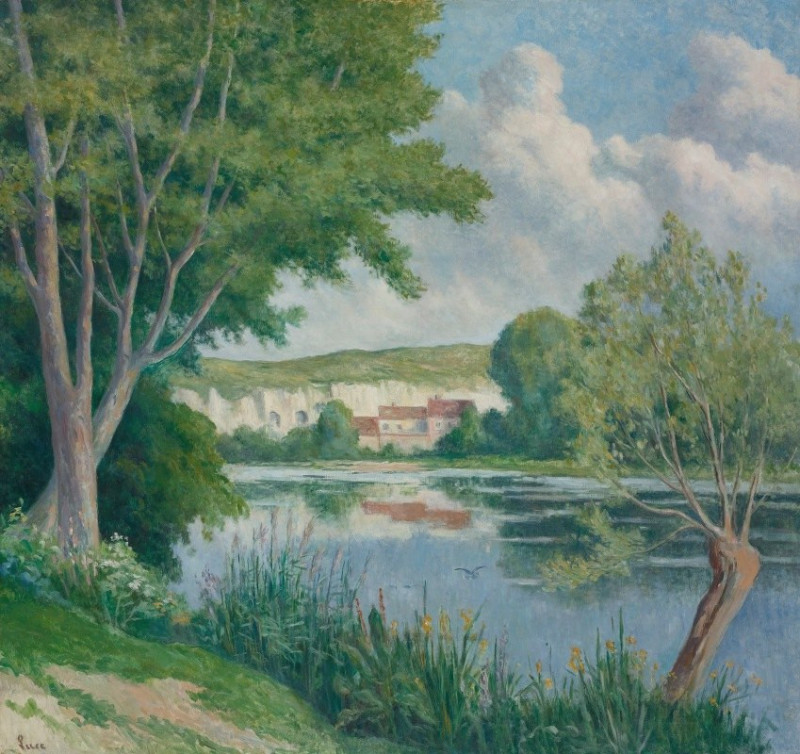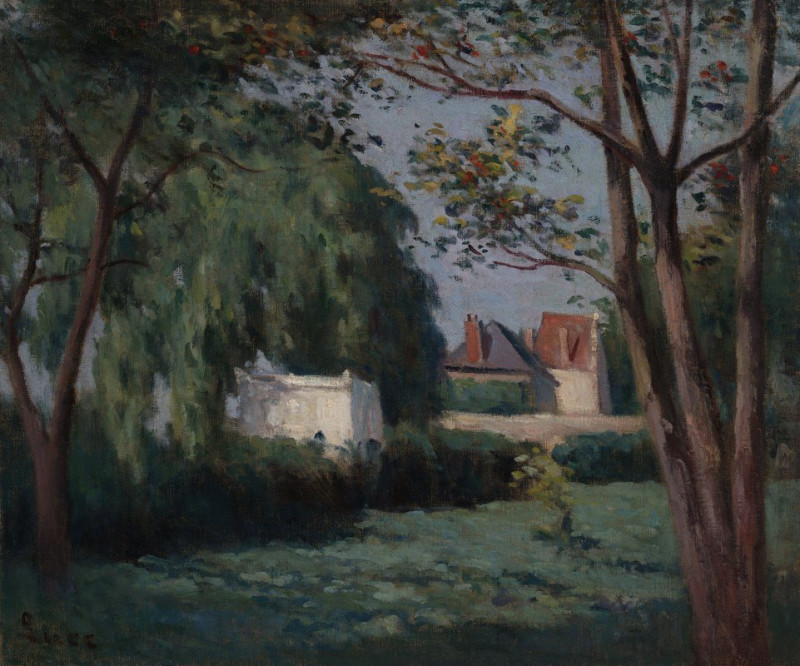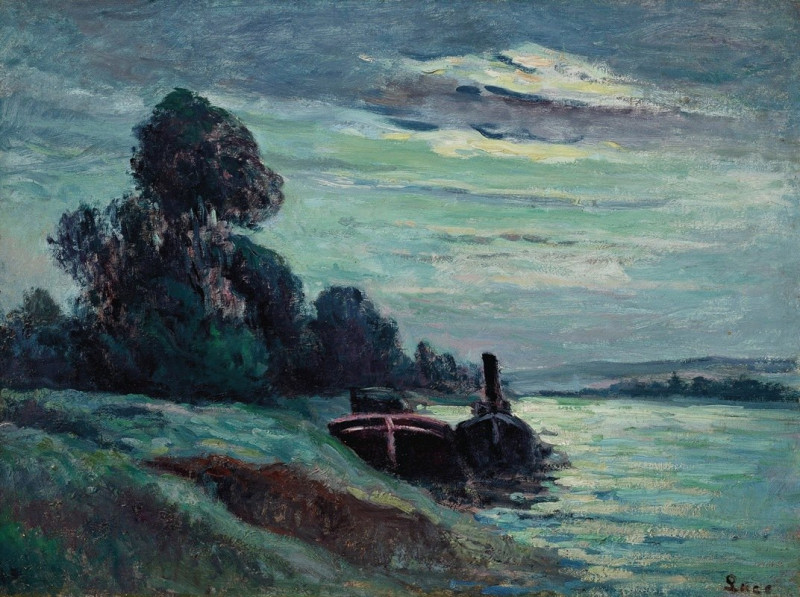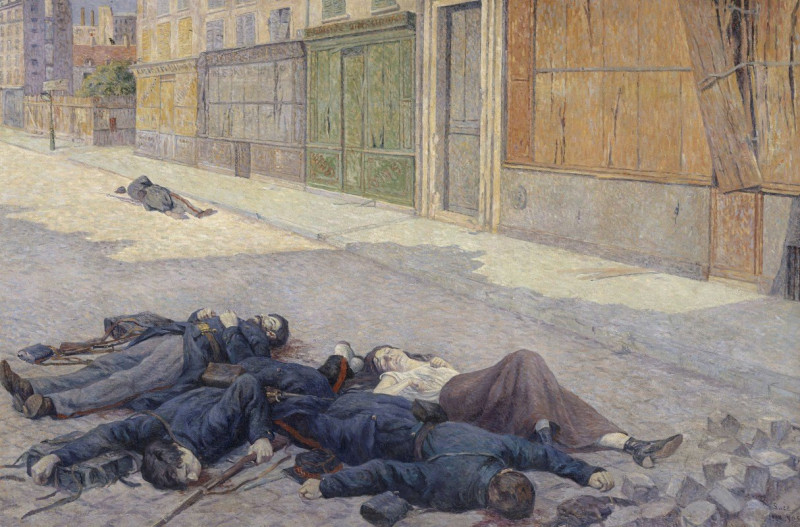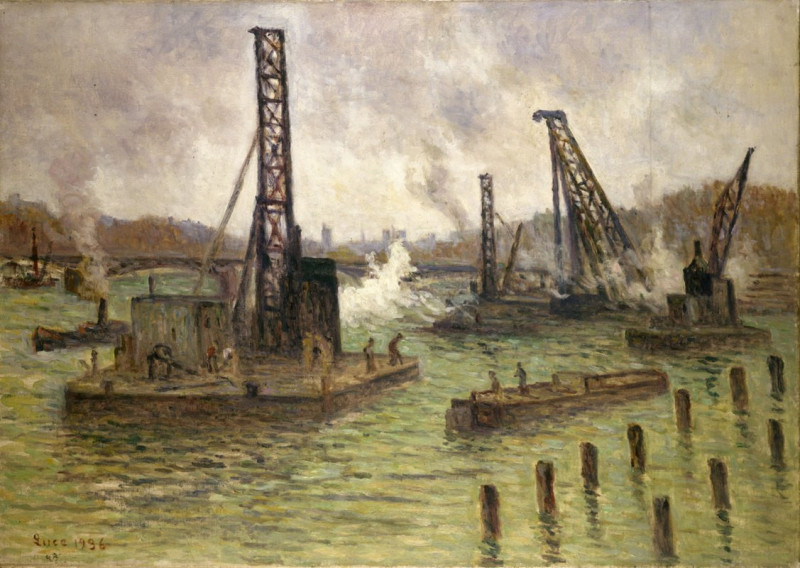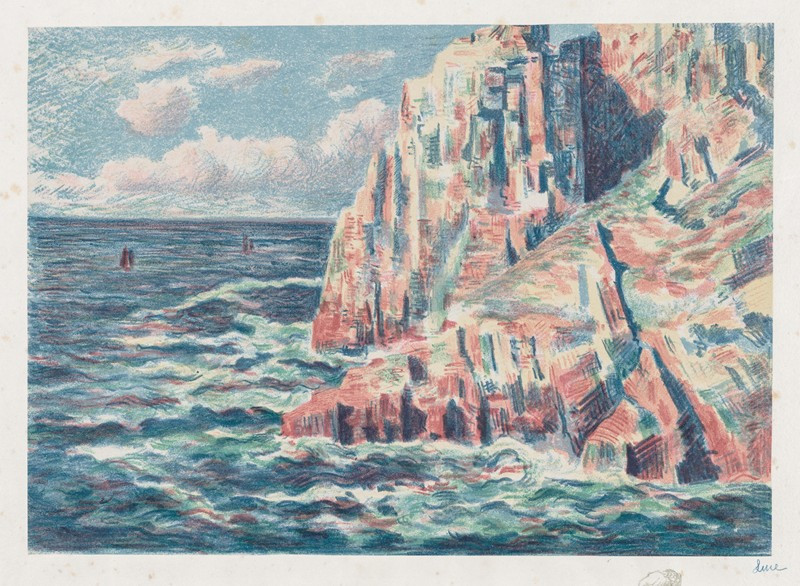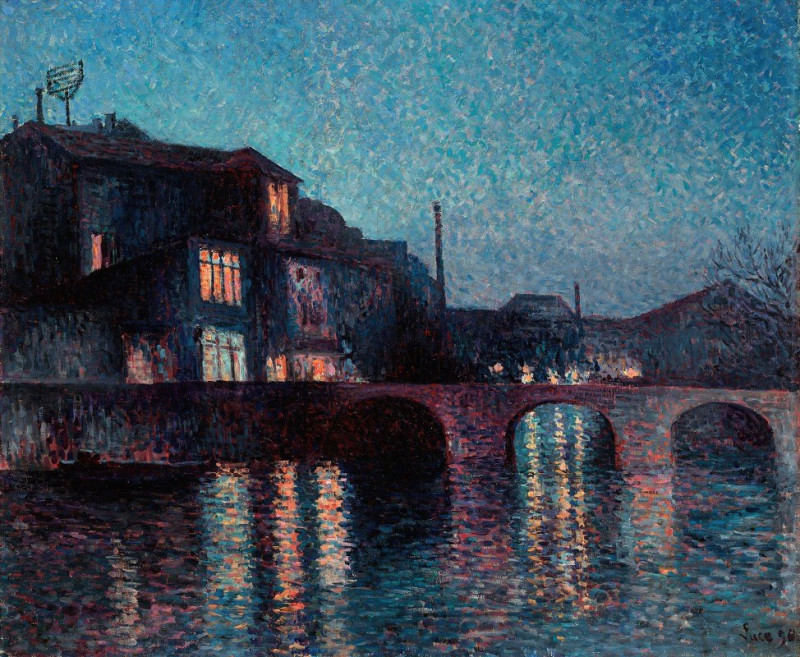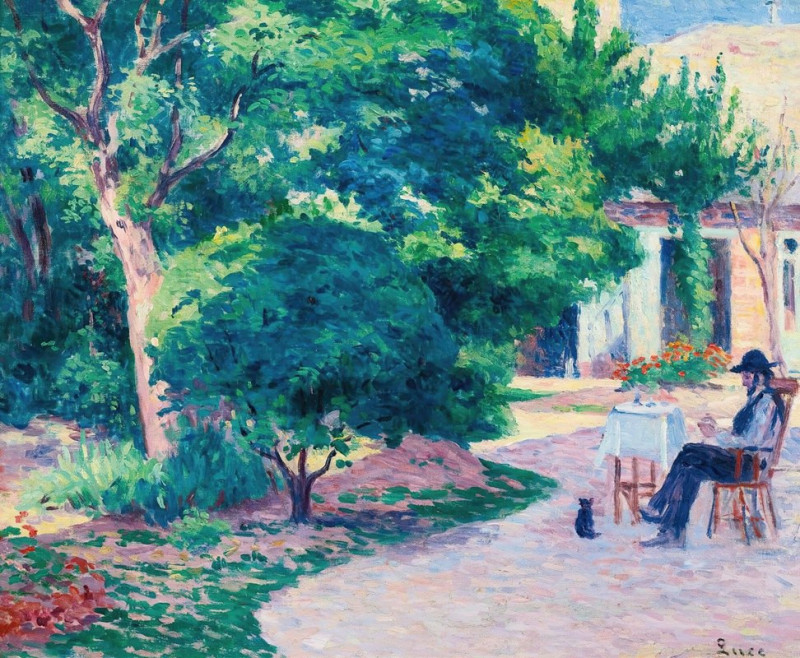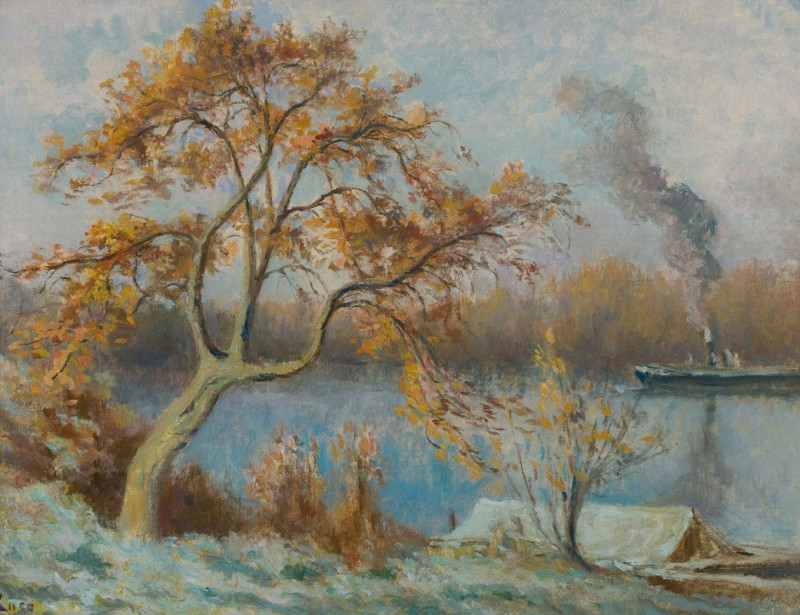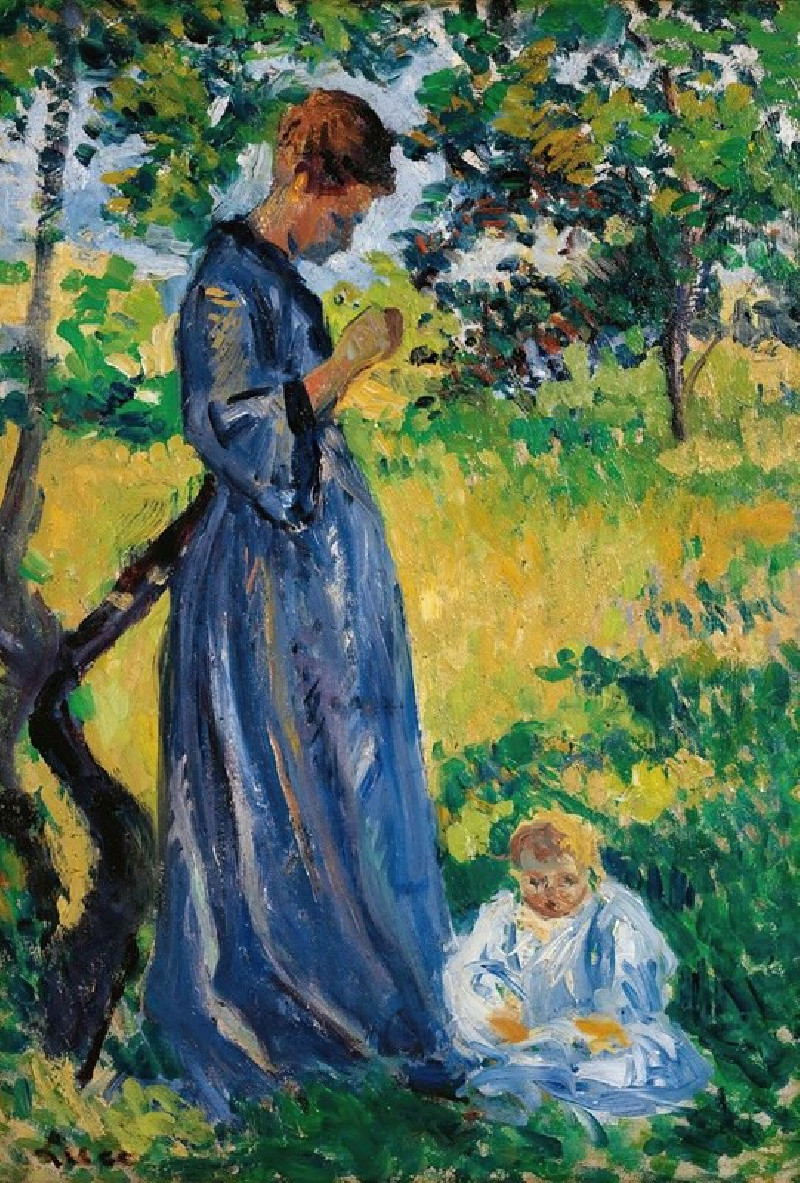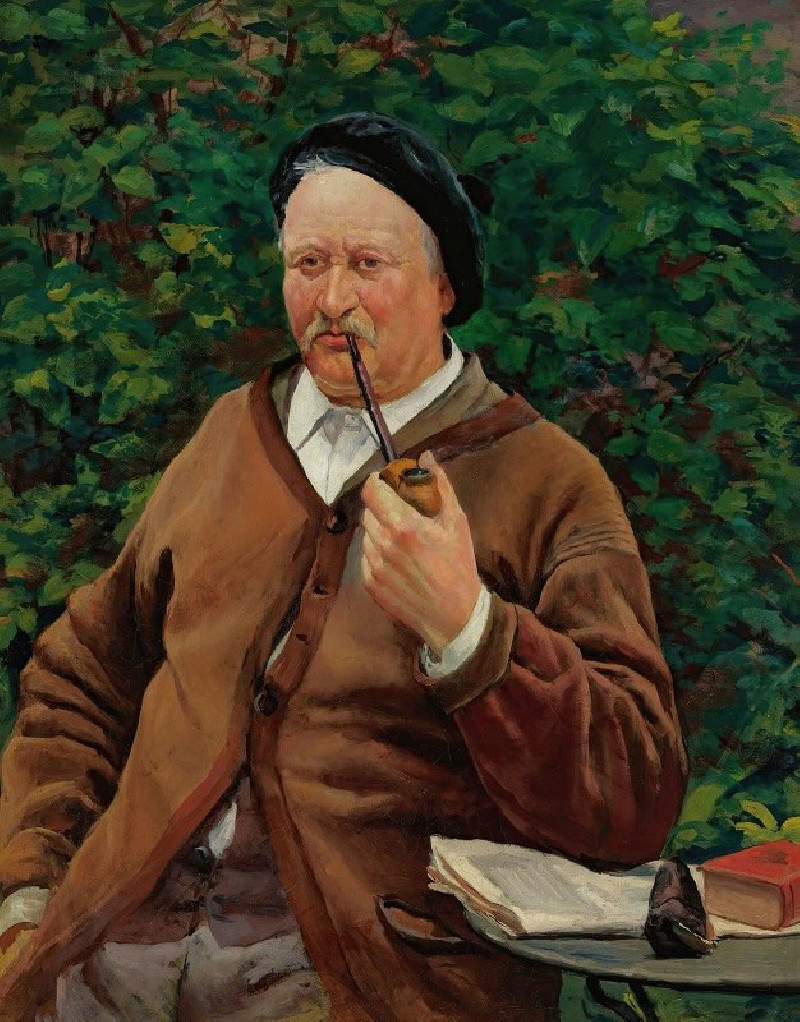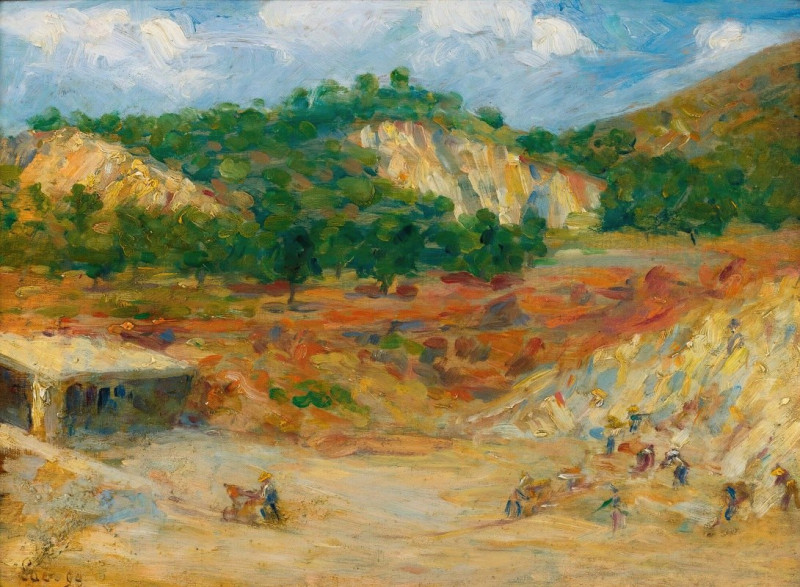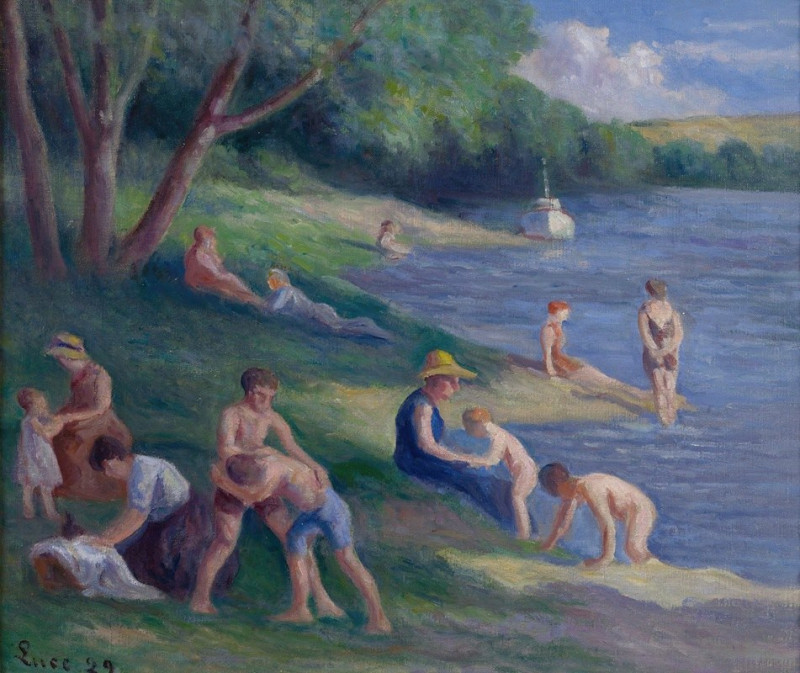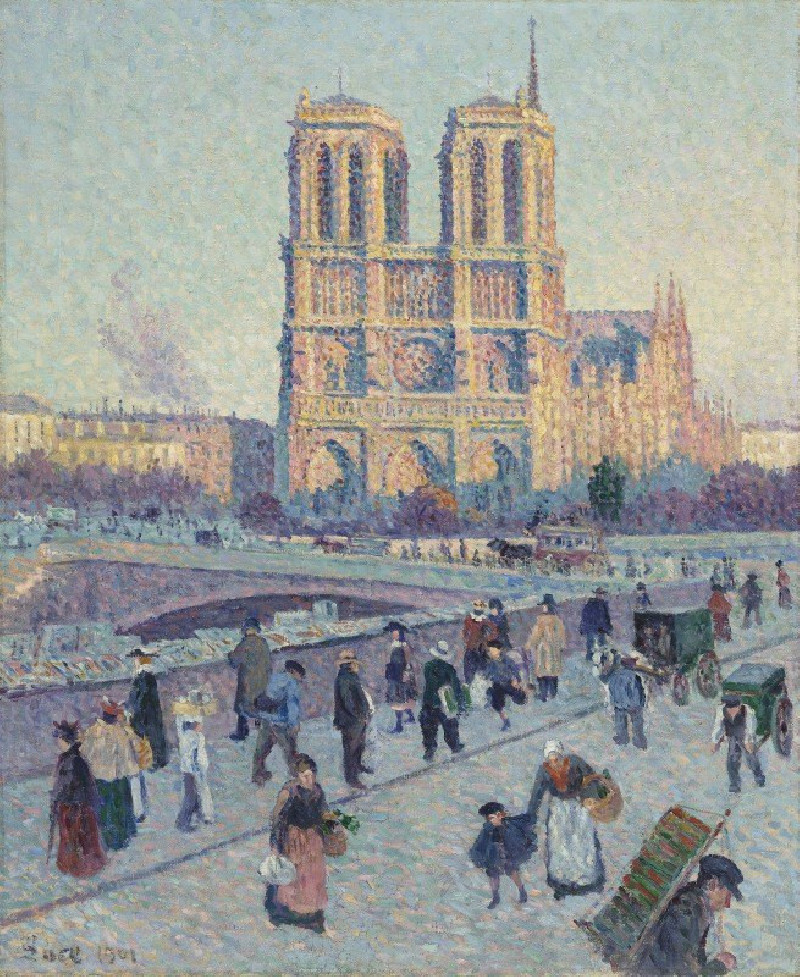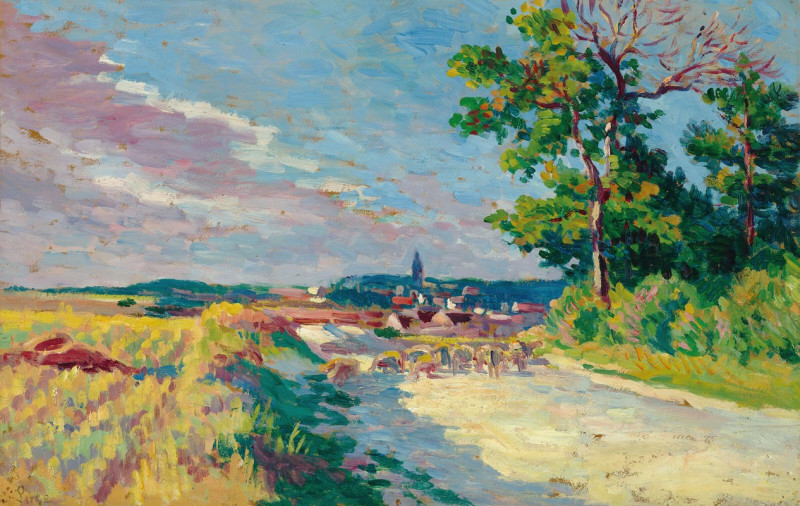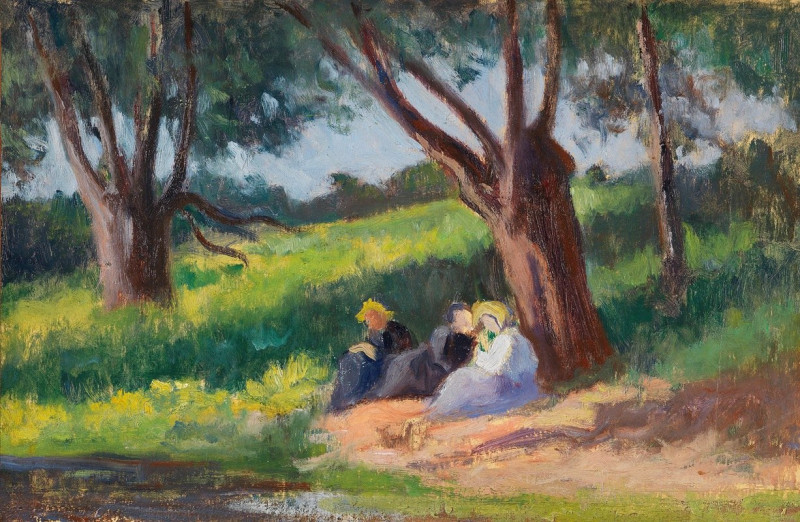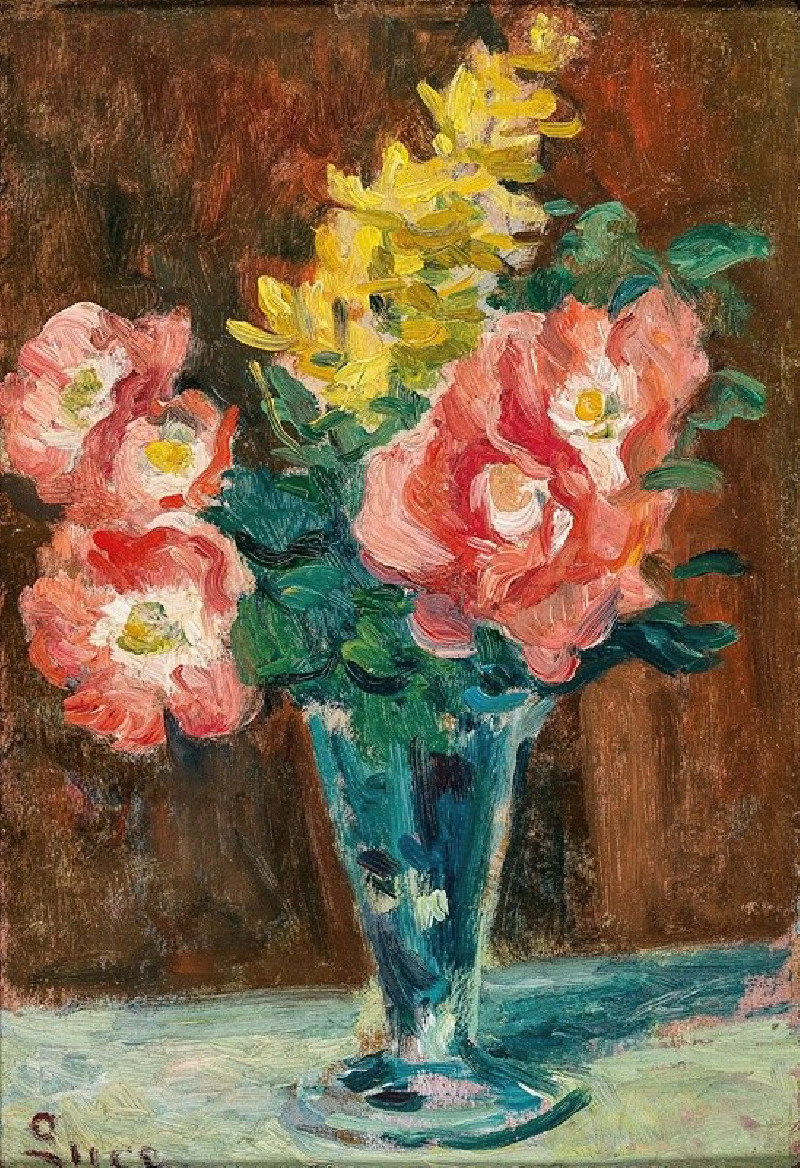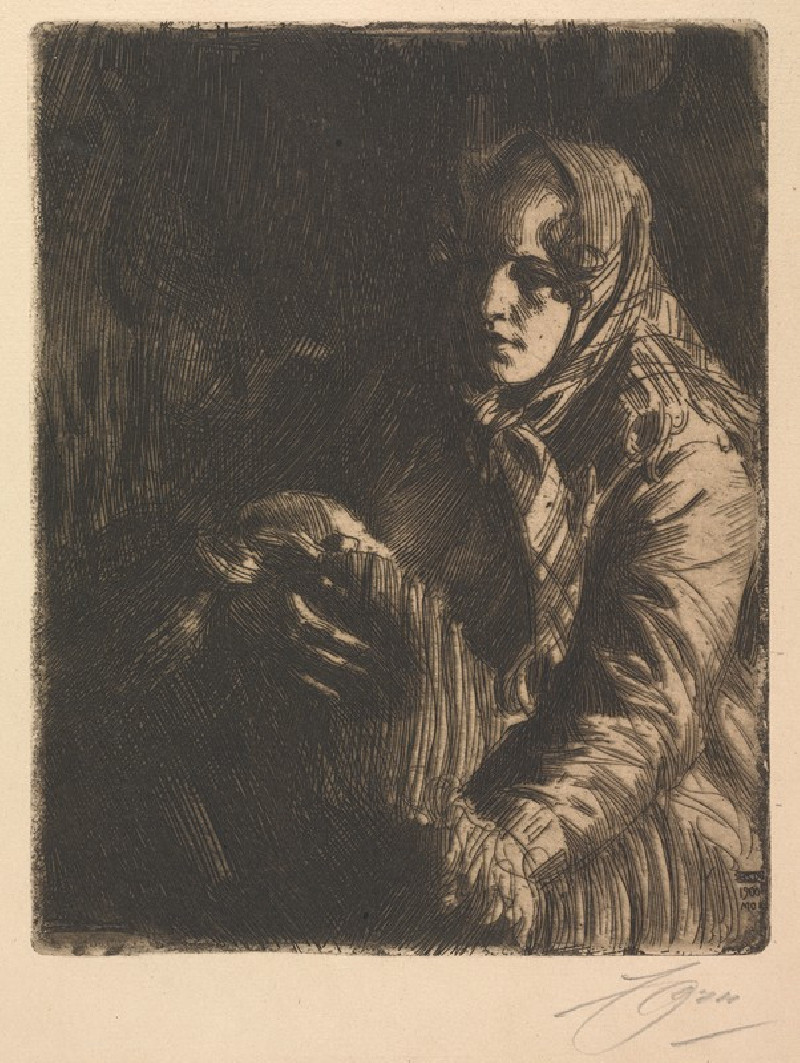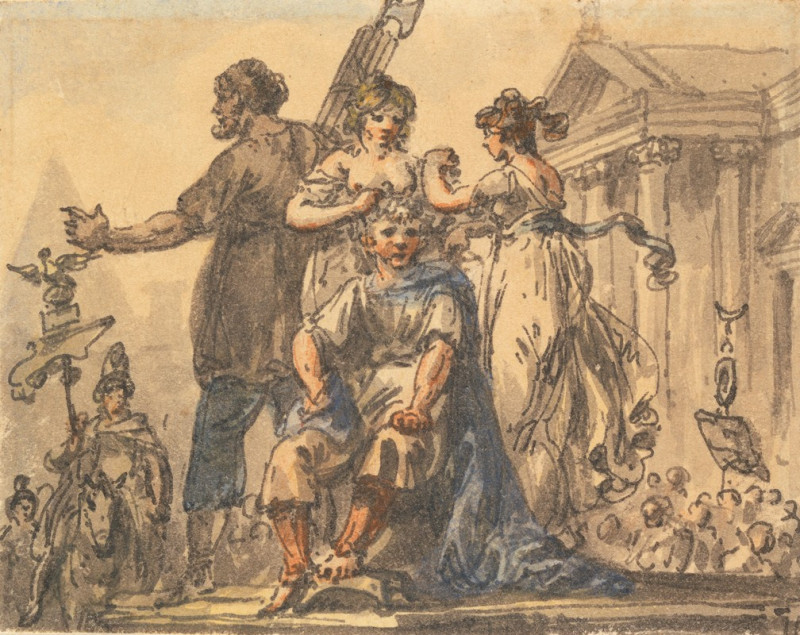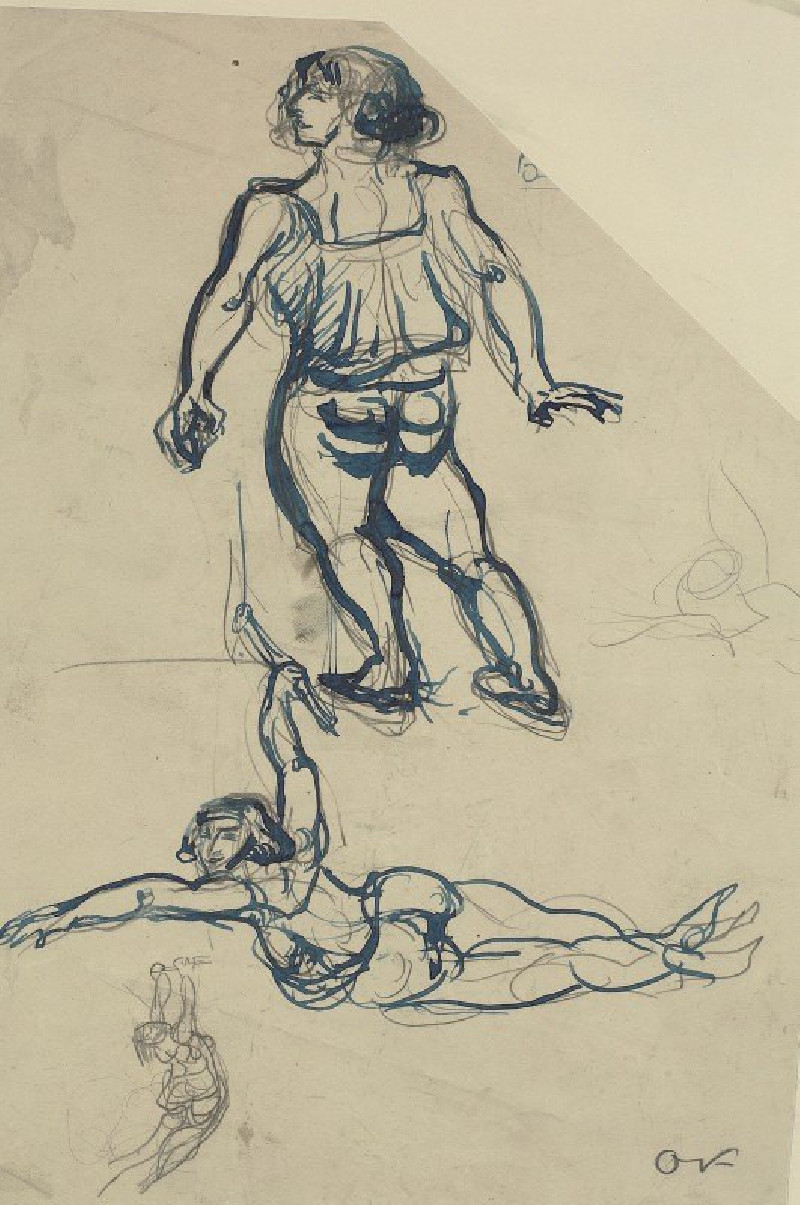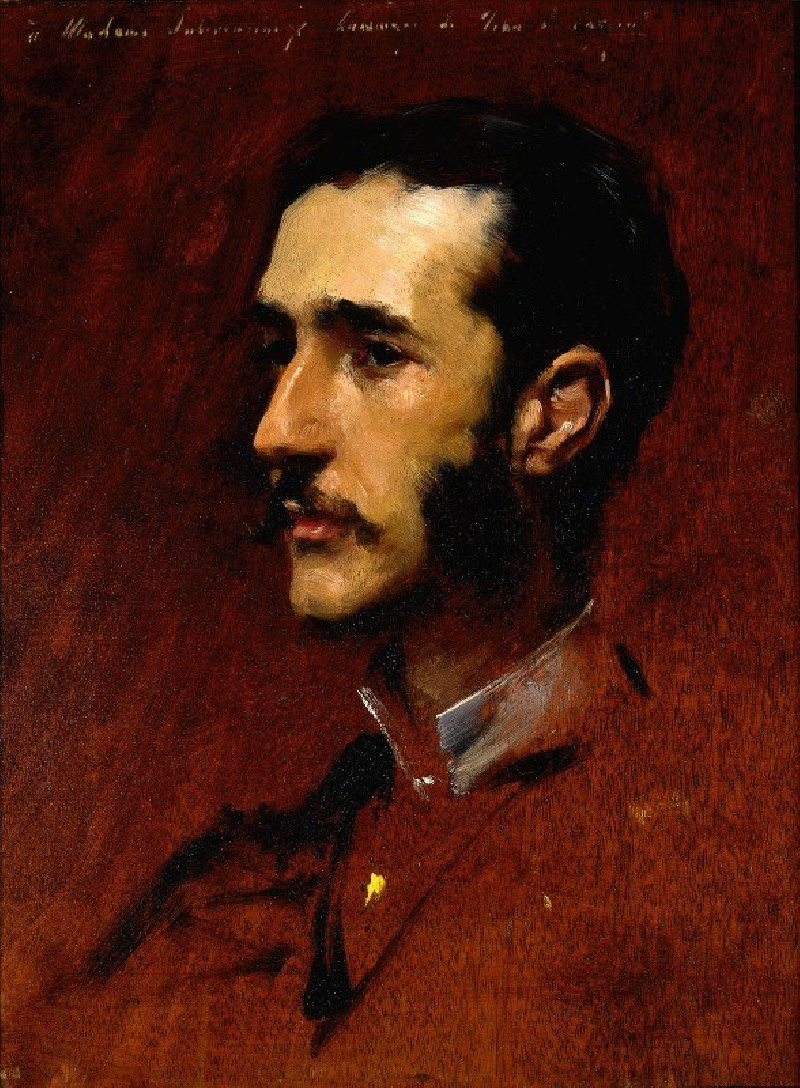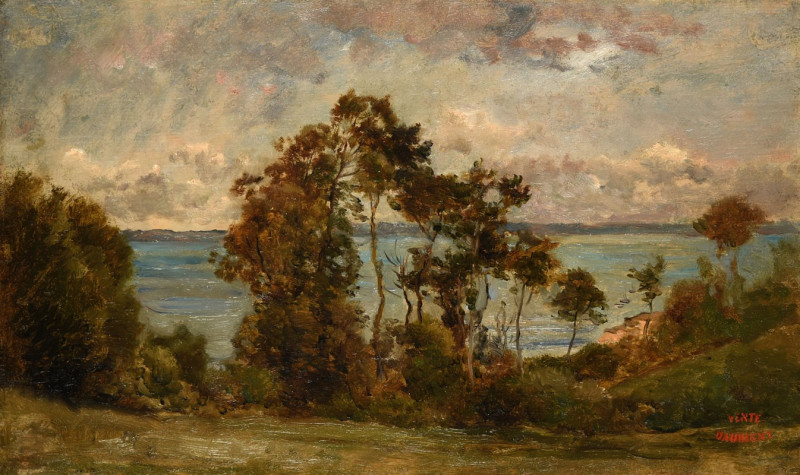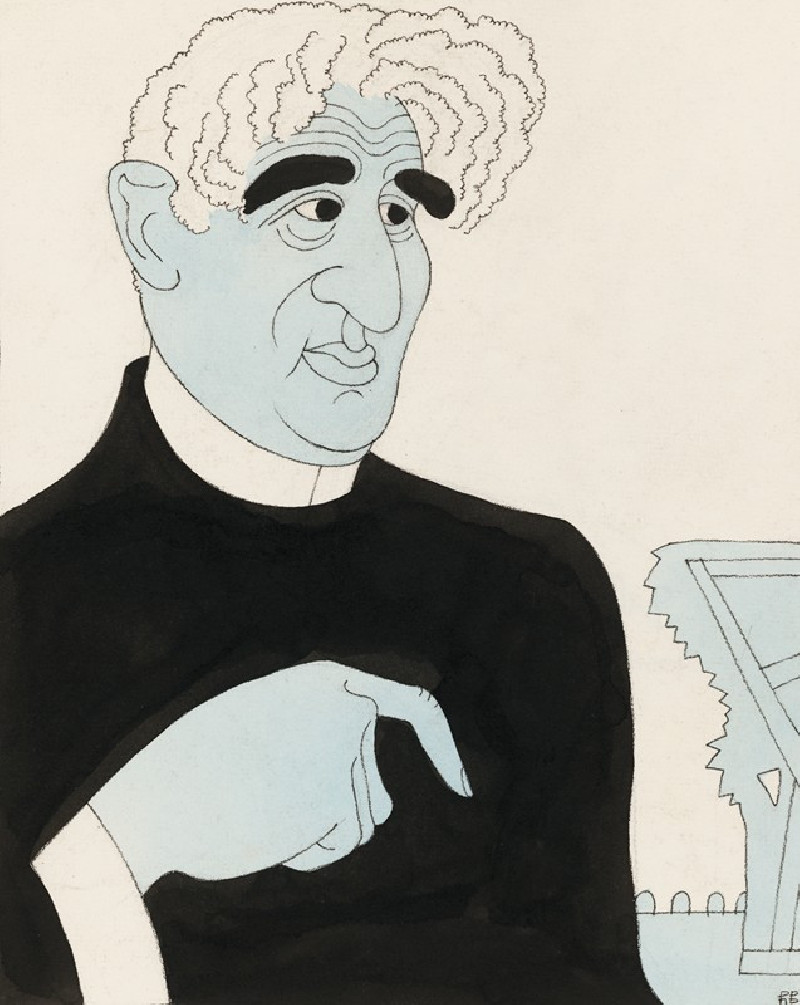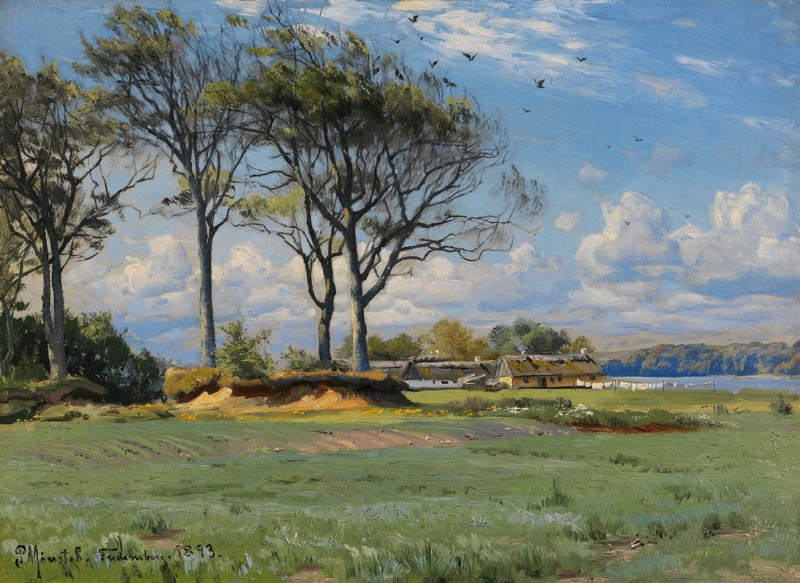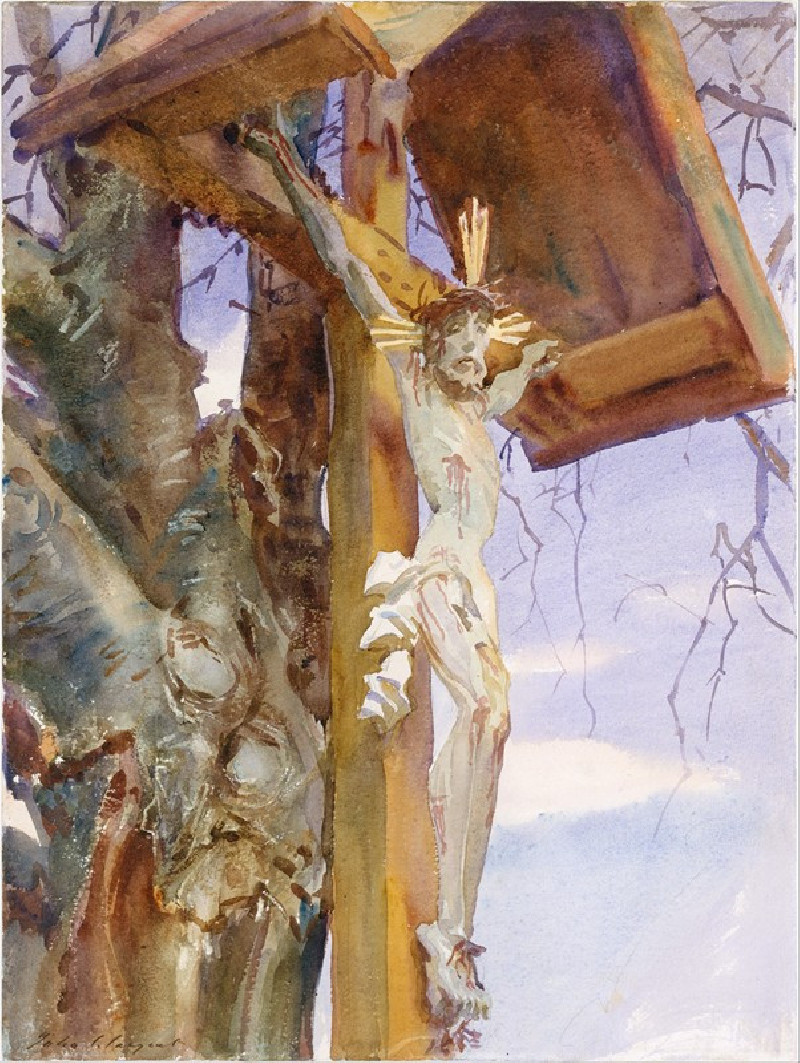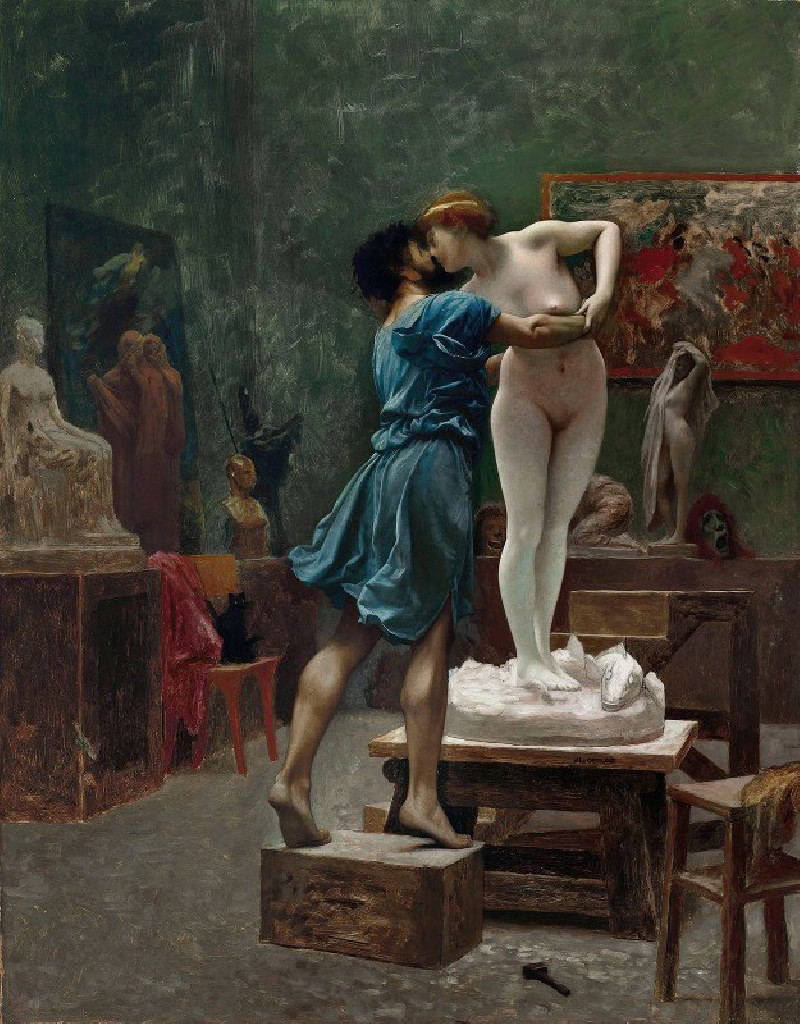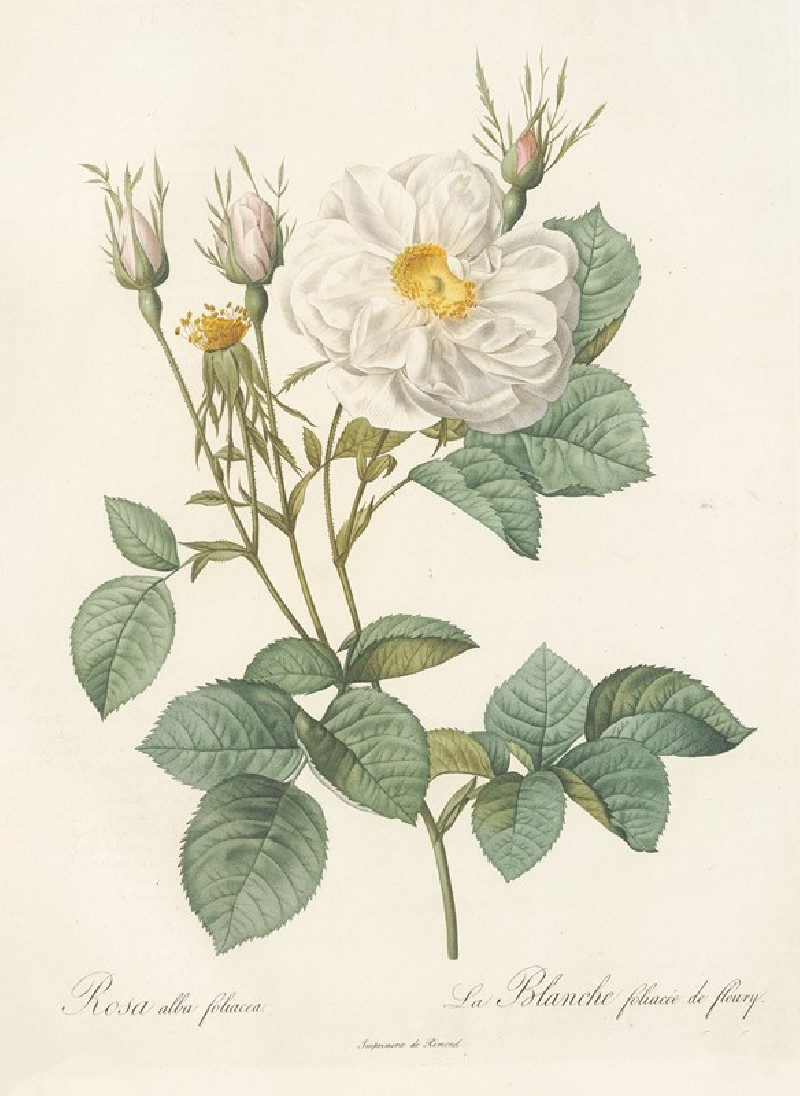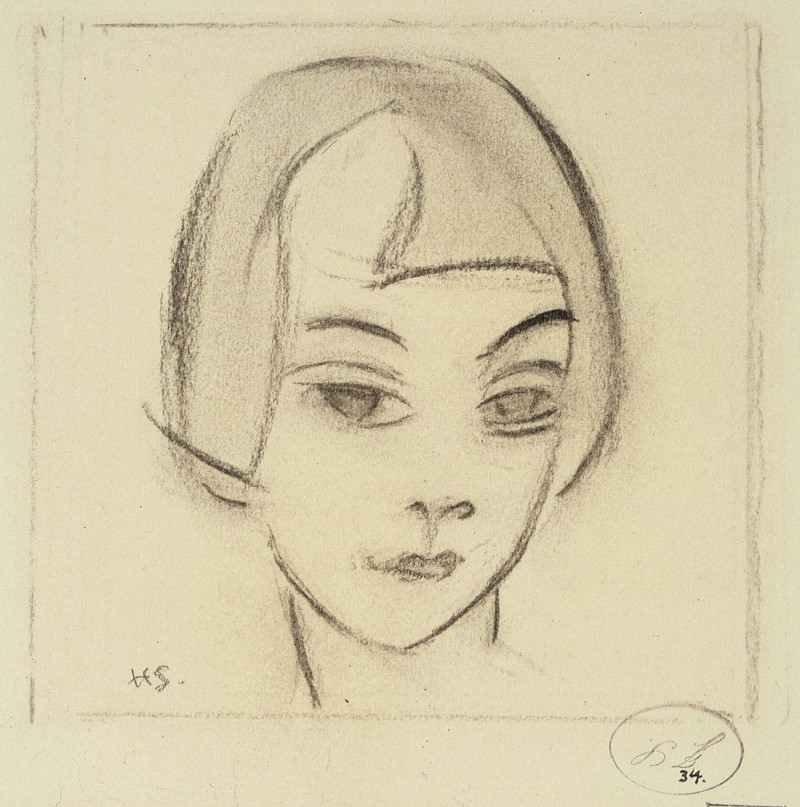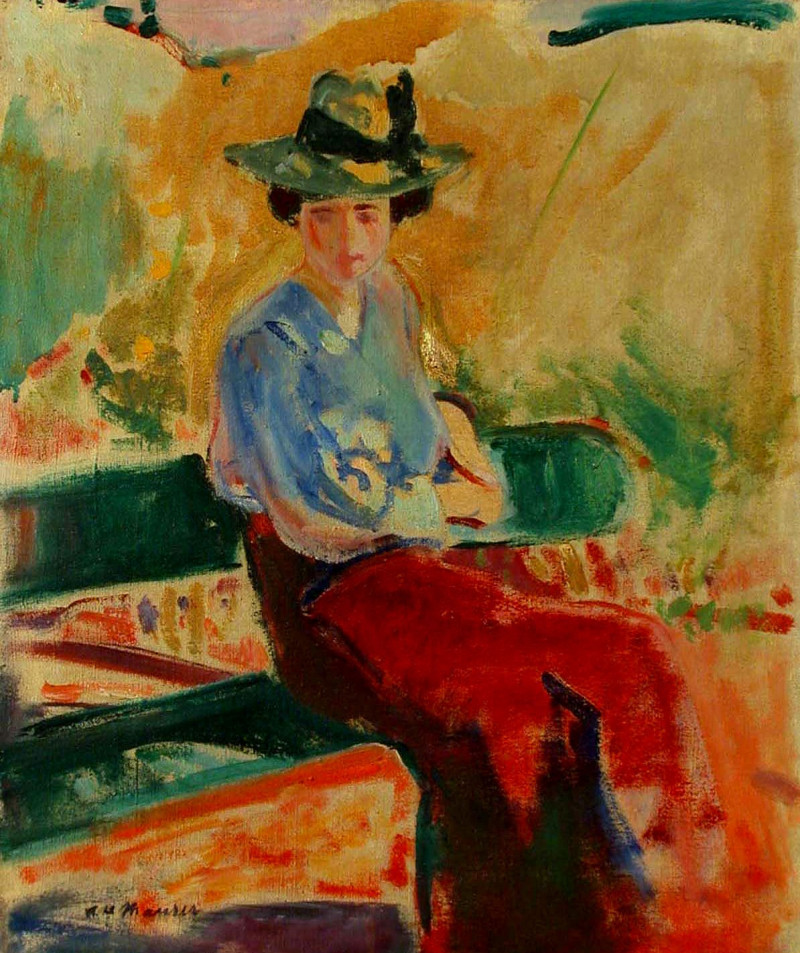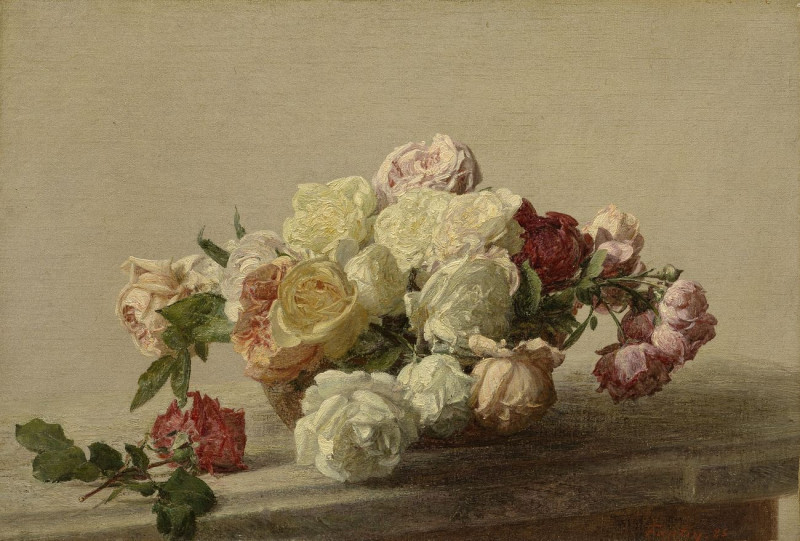Trois hommes (1892)
Technique: Giclée quality print
Recommended by our customers
More about this artwork
"Trois hommes" (1892) by Maximilien Luce is a compelling work of intimate character study that captures the essence of human interaction and personal introspection. This sketch, created primarily with charcoal on paper, presents three men engaged in a subdued moment, possibly in a setting of daily life or during a quiet discussion. The first figure on the left commands attention with his beard and piercing gaze, suggesting a figure of wisdom or authority, while the other two, noticeably younger, are depicted with softer features and a demeanor that suggests attentiveness and reflection.Luce's skilled use of chiaroscuro in this piece adds depth and emphasizes the emotional overtones of the scene. The textural details of the clothing and the subtle expressions of the characters are rendered with delicate yet confident strokes, allowing viewers to perceive a glimpse of the men's inner lives and relationships without the barrier of vivid colors.
Delivery
Returns
Maximilien Luce was a prolific French Neo-impressionist artist, known for his paintings, illustrations, engravings, and graphic art, and also for his anarchist activism. Starting as an engraver, he then concentrated on painting, first as an Impressionist, then as a Pointillist, and finally returning to Impressionism.

